Review: LG Volt 2 for Boost Mobile
Jul 19, 2015, 6:00 AM by Eric M. Zeman
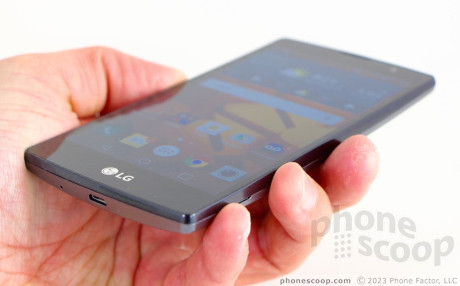
The Volt 2 finds the middle ground in Boost Mobile's assortment of Android devices. The Volt 2 is slightly improved over last year's model, and could be the right side for the phablet averse. Here is Phone Scoop's full review.
Hardware
Is It Your Type?
The Volt 2, an update to last year's Volt, is a mid-ranger that offers a lot of LG flavor. At $150, it represents a decent value for Boost Mobile customers who want something a bit more compact.
Body
LG's smartphones are beginning to run into one another as far as looks go. The Volt 2 is another variation on a theme from LG. Its family lineage is clear thanks to the curved shape and rear button placement. The phone doesn't carry the high-end refinement of the G4 and comes across as a bit more plebian.
The Volt 2's coloring is rather plain: black glass on the front and grayish plastic on the back. The rear shell has a faux metallic finish to it (sort of like brushed aluminum). The shading of the rear half of the phone offsets the black front half in an appealing way. The side edges are almost flat enough to allow the phone to stand on edge. I like the way LG cut the corners where the back surface joins the sides, as it almost gives the plastic a chamfered appearance.
With a 5-inch screen, the Volt 2 is a mid-sized handset by today's standards. It's bigger and heavier than the original Volt, but just slightly. The rear of the phone is curved just a wee bit, but the side edges are thicker than I'd like them to be. At 10.2mm, the Volt 2 isn't the thinnest handset available. Even so, the Volt 2 should be easy enough for most people to use one-handed. The size and weight are comfortable. It's definitely smaller than the G Stylo, which is also sold by Boost. The Volt 2 should slip into most pockets with ease.
LG used good materials to build the Volt 2. The plastics that form the rear shell are solid and don't feel cheap at all. The shell snaps onto the frame snugly and all the seams are nice and tight. The phone feels extremely solid. My one complaint is that the materials are a bit slippery. I dropped the phone a few times.
The earpiece and user-facing camera blend in well on the front face. There's a bit too much bezel surrounding the screen for my tastes. I'm glad there are no buttons on the front.
You won't find buttons along the side edges, either: LG moved the usual side controls to the back surface. The rear-placed buttons have become LG's signature design characteristic. The camera, up/down volume controls, and screen lock button are encompassed in a single module. The volume toggles are indented somewhat and have a distinctive texture to make them easy to identify. The screen lock button is raised and has its own texture. You shouldn't have any trouble telling the buttons apart, even if you can't see them. All three have great travel and feedback.
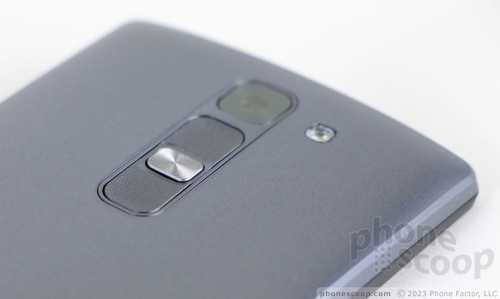
The headphone jack is located on the top edge of the Volt 2 and the USB port is on the bottom.
I really like the design of the speakerphone. You'll note four little squares in the bottom-left corner of the rear surface. There's a chrome-colored grille behind the squares that creates a sharp, professional look. It's a minor detail, to be sure, but an appealing one all the same.
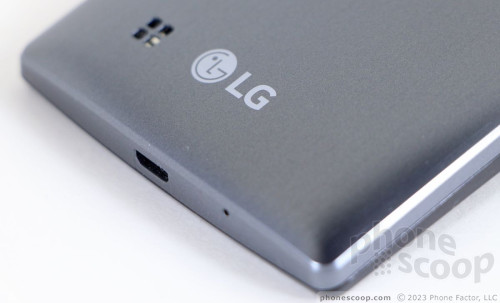
It takes a bit of effort to remove the Volt 2's rear cover. The claws holding it in place don't like to let go too easily. The SIM card and memory card slots are stacked together on the side edge. I like that the SIM card is accessible without touching the battery. The battery is removable.
The LG Volt 2 is a respectable piece of hardware. It doesn't aspire to be much, but it delivers an enjoyable experience for the price.
Screen
LG improved the Volt 2's screen in size and resolution over the original. Last year's phone had a 4.7-inch display with qHD resolution. The Volt 2 has a 5-inch screen with 720p HD resolution. The new size and resolution are well matched. The LCD panel from LG looks great. Text is sharp and on-screen graphics have smooth edges. Brightness is quite good, though the auto-brightness setting was a bit fussy. I found myself setting brightness manually, as the auto feature never turned brightness up high enough for outdoor environments. You can surely use the phone outdoors as long as you have the brightness cranked. Colors and viewing angles are quite good. I was satisfied when watching YouTube videos on the screen. It did well with HD movies I've rented, as well. This is a nice screen for such an inexpensive handset.
Signal
Boost Mobile operates on Sprint's network. The Volt 2 can run on Sprint's LTE network, including its tri-band Sprint Spark service. I found the device connected to the network readily and performed on par with other Sprint handsets I've tested around New York City. Every call I placed connected on the first attempt, but the Volt 2 did drop one call at highway speeds. The Volt 2 did well on Sprint's data network. Speeds aren't the quickest I've seen, but were speedy enough for checking Facebook, Twitter, and email without issue. Data did slow down noticeably in areas with weak signal coverage.
Sound
I'd rate the Volt 2's call quality a bit below average. Voices coming through the earpiece were muffled from time to time, as though someone were speaking through a door or wall. Further, I had to keep the volume set to the maximum setting all the time. Calls were easy enough to hear in my quiet office, but it became more difficult out in the world where there are more noises. Those with whom I conversed via the Volt 2 said I sounded "just OK."
The speakerphone was a disappointment. The engineering behind it doesn't live up to the cool design. The volume isn't good enough at all. When cranked all the way up, I was able to hear calls reasonably well at home and in a non-moving car, but voices were prone to distracting distortion. Conducting speakerphone calls in noisy environments — including a car moving at highway speeds — was next to impossible.
Ringers and alerts provided plenty of noise to get my attention. The vibrate alert is rather weak.
I wouldn't listen to music through the speakerphone. The experience sucks. Music sounded decent enough when passed through my best pair of wired headphones.
Battery
LG significantly reduced the size of the battery in the Volt 2 when compared to the original. This year's phone packs a 2,540 mAh power cell compared to the 3,000 mAh power cell in last year's phone.
The Volt 2's battery is of average capacity and powered the phone through the day only about half the time. Using the phone in a basic fashion (messaging, social networking, browsing) meant I had plenty of power to spare come bedtime. Using media took a toll on the battery. Watching YouTube or streaming Spotify curbed battery life noticeably, and the camera has a significant impact, too. When I mixed media into the equation, the Volt 2 was gasping for breath around 10PM.
Thank goodness the Volt 2 includes a battery saver tool. You can set it to come on automatically when the phone reaches 15%, or toggle it on/off manually. It limits background processes and notifications and can extend your battery long enough for you to get safely home at the end of the night. I relied on it on several occasions.
Bluetooth, GPS, NFC, WiFi
The Volt 2 has a handful of other radios on board that more or less work as they should. I didn't have any trouble pairing the Volt 2 with other Bluetooth gear. Call quality was passable, but just barely. Music pumped through my fave Bluetooth speaker was OK, but would have been better if the Volt 2 supported the aptX profile; it doesn't.
The GPS radio located the Volt 2 quickly and accurately, and interacted well with Google Maps.
The original Volt had NFC on board, but the Volt 2 strangely doesn't. That's a bummer.
I was able to connect the Volt 2 to my home WiFi network with ease, and didn't experience any trouble when surfing in my house.
Software
Lock Screen
The first thing we see each time we pick up our smartphones in the lock screen. They are not all created equally. LG developed a unique experience for its devices that deserves comment.
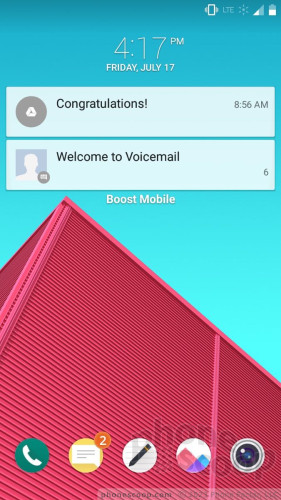
Whether you just want to check the time, or see who sent that recent message, LG lets you wake the phone by tapping the display twice (called KnockON). This will show the clock, incoming notifications, and provide access to five apps of your choosing. The clock is hard to see. It's small and near the top of the screen. Notifications, which appear in shaded windows under the clock, all but obscure it. Some of the shortcuts (which run along the bottom of the screen) include their own alerts, such as the number of unread emails or messages. Notifications can be dismissed from the lock screen if you want. Tapping them opens the associated app. If you do absolutely nothing, the Volt 2's display will turn off after about 30 seconds. That's plenty of time to check the time and your notifications.
Alternately, you can wake the phone with a special pattern of taps called Knock Code. Doing so bypasses the lock screen and takes you to the home screen. You'd use Knock Code instead of a PIN or password to safeguard your handset.
Home Screens
The Volt 2 runs Android 5.1 Lollipop with LG's light-weight skin on top. The home screen, app drawer, and settings tools all behave just the same as on the Stylo, G4, and other handsets released by LG this year. Perhaps the most notable aspect of LG's UI skin is the flexibility it grants users in customizing the app drawer, which supports large and small icons, and multiple ways to arrange them. The best part? LG lets you easily delete unwanted apps.
Things unique to LG include its QuickMemo tool and EasyHome configuration. LG's QuickMemo is available from the notification shade. This tool takes a screenshot and lets you mark it up with text or shapes, and share it.
LG's EasyHome home screen is for first-time users. It strips away a lot of non-essential apps and makes the phone easier to use with simpler menus. (Oddly, LG's QSlide apps — miniature, floating versions of core apps — aren't included.)
As far as performance is concerned, the phone has a 1.2 GHz quad-core Snapdragon 410 processor. That's a step up from the Snapdragon 400 in last year's phone. Together with 1 GB of RAM, it was quick and responsive enough to handle most tasks without blinking.
Camera
The camera app is somewhat stripped down and has fewer features than seen on other LG/Boost handsets, like the G Stylo.
The Volt 2 doesn't have a physical camera button, but you can launch it from the lock screen or with a long press to the volume-down button on the back of the handset. It opens relatively fast, but I was frustrated by it a couple of times.
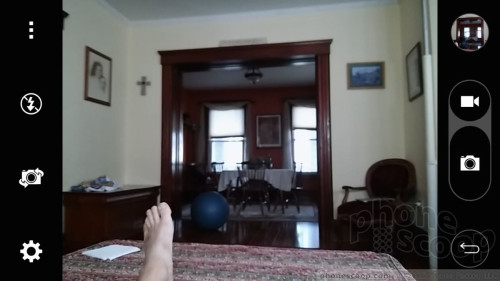
The Volt 2 has a single shooting mode: auto. That's rather limiting. Four quick action buttons appear on the left: settings, flash, user-facing camera, and menu. These buttons cannot be customized. There are separate buttons for the camera and video camera, so you can easily snap stills while filming video. If you press and hold the screen the camera will automatically take a burst of shots for as long as you touch the screen.
The Volt 2 doesn't have many advanced modes or features, such as panorama or HDR, which is disappointing. Most phones have these features. You can choose 1080p or 720p HD video capture.
Despite the lack of features, I found the Volt 2's camera software to be relatively quick to focus and snap photos. It stores them in a blink and brings you immediately back to the shooting screen.
Photos/Video
The Volt 2 has an 8-megapixel main camera and a 5-megapixel selfie camera. I was generally pleased with the quality of pictures captured by the main camera. The Volt 2 may lack lots of shooting features, but it manages to set focus, exposure, and white balance accurately. If it had trouble with any of these, it was exposure. I noticed lost details in some shots that were underexposed. I wasn't blown away by the quality of the images, but I wasn't disappointed, either. Low-light shots gave it some trouble, but the flash was able to clear up any problems as long as your subject was within a few feet.
The selfie camera does a passable job. I was expecting better from a 5-megapixel shooter. Well-lit shots taken outdoors were sharp and clean, but darker shots captured inside were prone to lots of grain. Moreover, backlighting behind you caused lots of glow across the sensor.

The Volt 2 can capture either 1080p or 720p HD video. The footage I captured in 1080p mode looked good for the most part. The video camera software was better able to manage focus, exposure, and color balance when compared to the still camera. This is fairly typical.
Both the camera and the video camera are fine for everyday shooting, but I'd use dedicated photography or videography gear for important occasions.
Boost Stuff
The Volt 2 has just 8 GB of internal storage, and only 3.2 GB of that is available to users. In other words, a memory card is more or less essential if you plan to shoot a lot of pictures or listen to a lot of music.
Most carriers like to cram their handsets full of bloatware. Boost added plenty of its own apps and services to the Volt 2, including 1Weather, AirG, Boost 411, Boost Music, Boost Wallet, Boost Zone, Gadget Guardian, Messaging+, NBA Game TIme, NextRadio, Scout, and Uber. Of these, perhaps Boost Zone is the most useful, as it allows people to manage their accounts. The Messaging+ app is a more robust way to manage SMS convos. You can uninstall most of the apps listed here, but not all of them. Even if you do, you won't recover that much storage space.
Wrap-Up
The LG Volt 2 is a decent mid-range handset. I can't say there's anything extraordinary or exceptional about it, and it performs about as well as a $150 smartphone should. It is a comfortable size with a good screen, but I wish call quality and battery life were a bit better. The camera app is rather limited and photos are of middling quality. LG's apps add some value to the UI experience.
If you're a Boost customer and want something smaller than a phablet, the Volt 2 is a good place to start. It's smaller and less expensive than the G Stylo, but has a better screen and camera than the Tribute 2. It's not quite a Volt of lightning, but the Volt 2 still offers some spark.

Comments
Other missing features.
1 smaller battery - less talk time
2 no NFC
3 no Miracast or any screen casting/mirroring - can't project phone to TV
4 no IR remote control
5 no HD voice - calls sound bad
6 no setting on camera - old version took beautiful HDR pics
They took away all the things I loved from the Volt and couldn't even add more RAM so the phone lags very often. DO NOT BUY THIS PHONE. Save you money and get something better or cheaper.


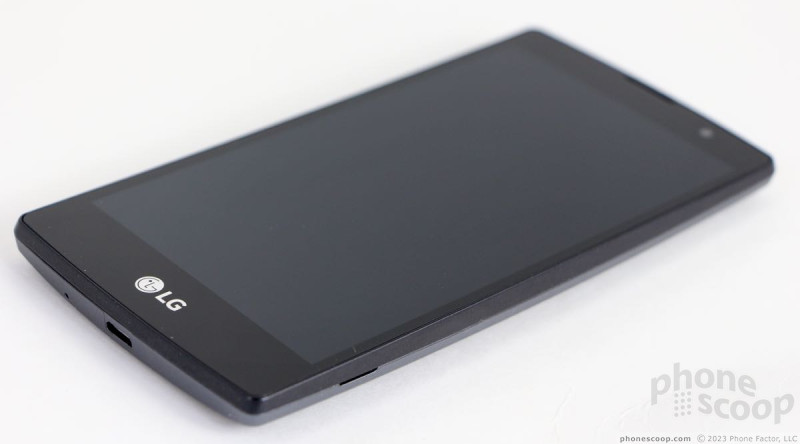














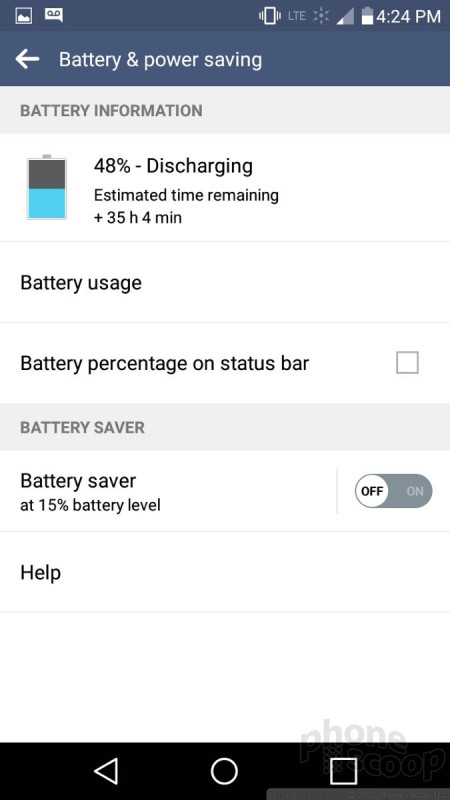


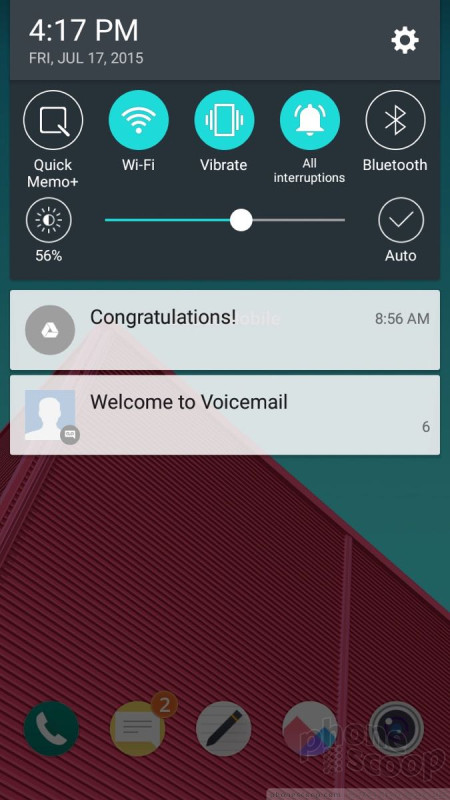










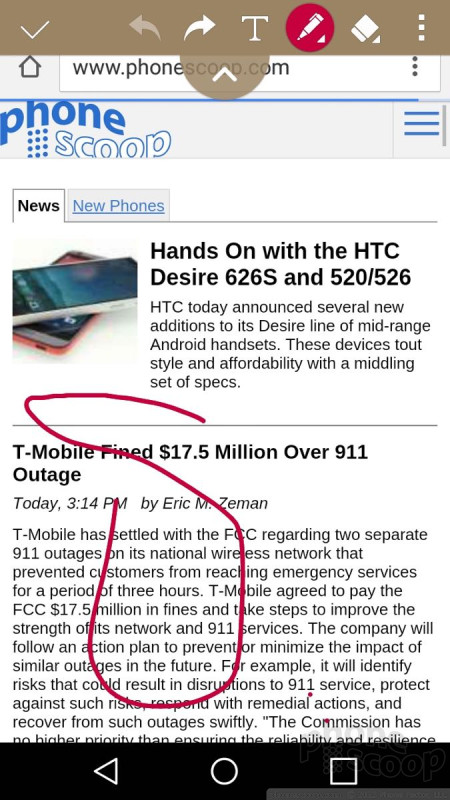




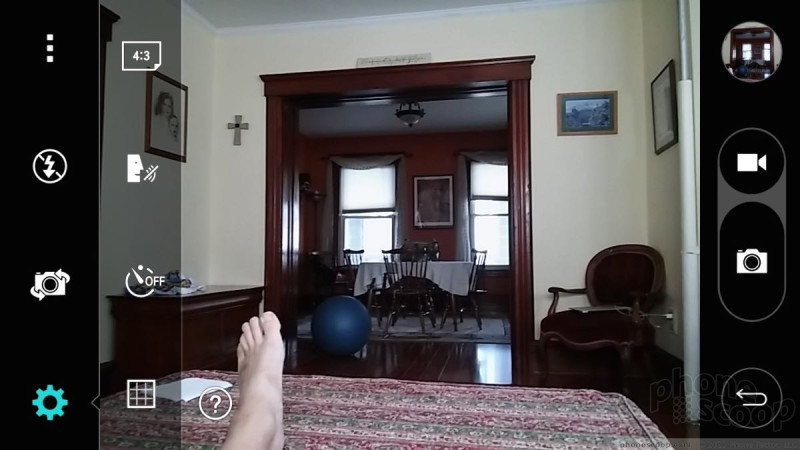















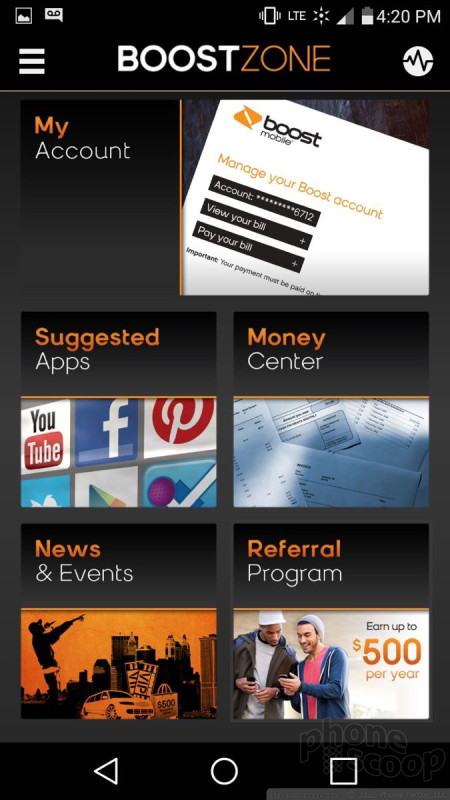


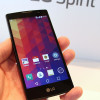 Hands-On: LG Magna, Spirit, Leon, and Joy
Hands-On: LG Magna, Spirit, Leon, and Joy
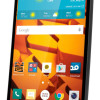 Boost Mobile Scores LG Volt 2 and Tribute 2
Boost Mobile Scores LG Volt 2 and Tribute 2
 LG Debuts Four Mid-Tier Devices
LG Debuts Four Mid-Tier Devices
 iPhone 15 Series Goes All-In on USB-C and Dynamic Island
iPhone 15 Series Goes All-In on USB-C and Dynamic Island
 Samsung S24 Series Adds More AI, Updates the Hardware
Samsung S24 Series Adds More AI, Updates the Hardware
 LG Volt 2
LG Volt 2








